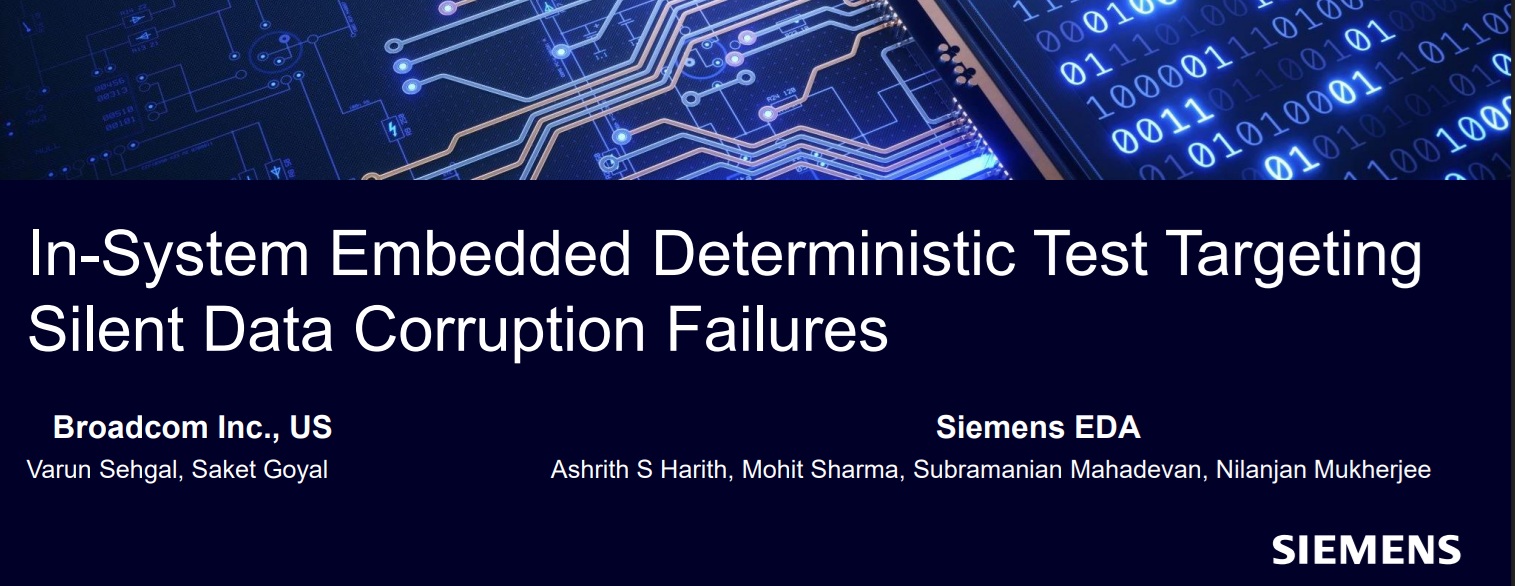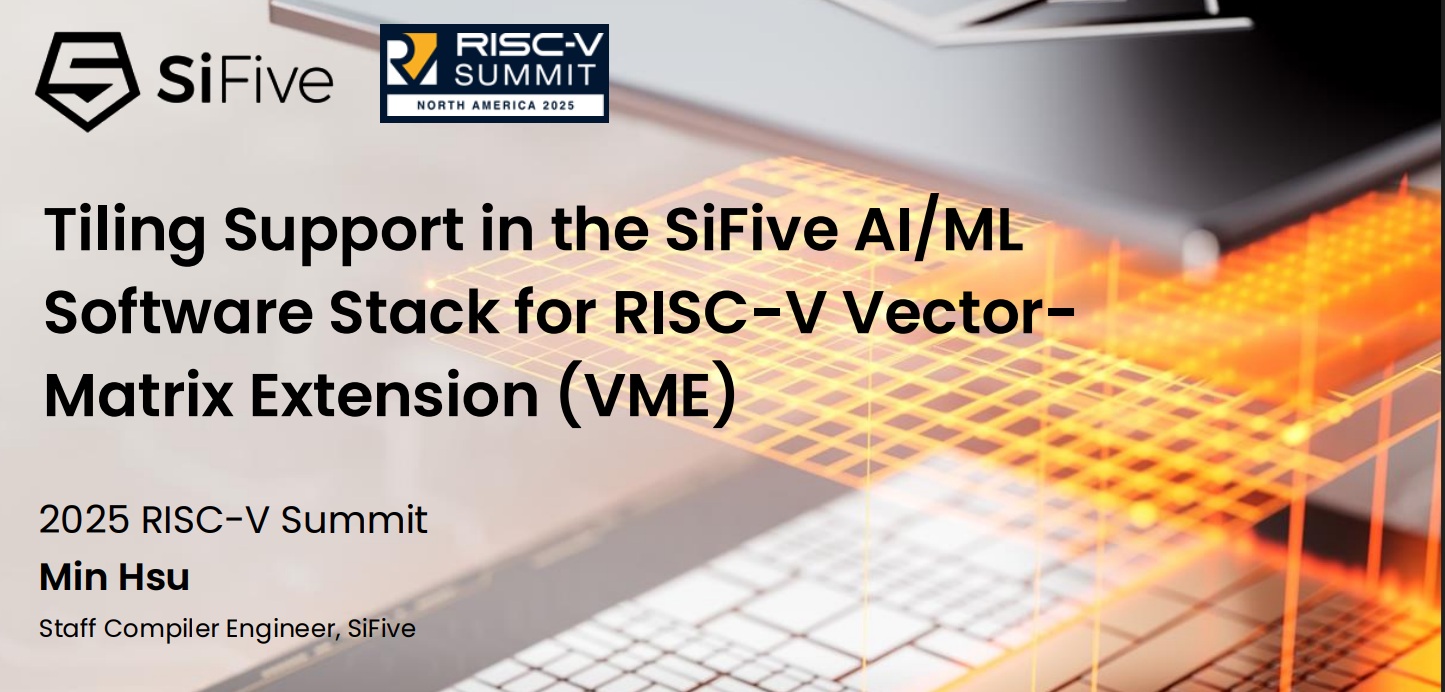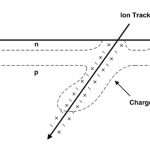When I started collecting my list of EDA mergers and acquisitions about 30 years ago, my objective was simply to determine the number of logos each EDA company owns. For that reason, I collected all the fish-eat-fish-eat-fish…. mergers and acquisitions, going way back to the very early days of EDA (even before it was called EDA).… Read More
 Revolutionizing Hardware Design Debugging with Time Travel TechnologyIn the semiconductor industry High-Level Synthesis (HLS) and…Read More
Revolutionizing Hardware Design Debugging with Time Travel TechnologyIn the semiconductor industry High-Level Synthesis (HLS) and…Read More Addressing Silent Data Corruption (SDC) with In-System Embedded Deterministic TestingSilent Data Corruption (SDC) represents a critical challenge…Read More
Addressing Silent Data Corruption (SDC) with In-System Embedded Deterministic TestingSilent Data Corruption (SDC) represents a critical challenge…Read More TSMC's 6th ESG AWARD Receives over 5,800 Proposals, Igniting Sustainability PassionTaiwan Semiconductor Manufacturing Company has once again demonstrated…Read More
TSMC's 6th ESG AWARD Receives over 5,800 Proposals, Igniting Sustainability PassionTaiwan Semiconductor Manufacturing Company has once again demonstrated…Read More Tiling Support in SiFive's AI/ML Software Stack for RISC-V Vector-Matrix ExtensionAt the 2025 RISC-V Summit North America, Min…Read More
Tiling Support in SiFive's AI/ML Software Stack for RISC-V Vector-Matrix ExtensionAt the 2025 RISC-V Summit North America, Min…Read More TSMC based 3D Chips: Socionext Achieves Two Successful Tape-Outs in Just Seven Months!Socionext’s recent run of rapid 3D-IC tape-outs is…Read More
TSMC based 3D Chips: Socionext Achieves Two Successful Tape-Outs in Just Seven Months!Socionext’s recent run of rapid 3D-IC tape-outs is…Read MoreIntel 14nm Delayed Yet Again?
This week I’m at SEMICON West with 27,000 of my closest friends. Good information, good networking, and some great rumors this year. Yesterday I heard a juicy rumor in the halls that Intel is still having 14nm yield problems. Remember, we heard a similar rumor last year and it turned out to be true. I Googled around this morning and … Read More
Bob Metcalfe Keynote at #semiconwest
My PhD is in distributed file systems so one of the key networking papers was Metcalfe and Boggs, 1976. It was titled Ethernet: Distributed Packet Switching for Local Computer Networks. This was the paper that introduced the world to Ethernet and to Bob Metcalfe. He was on stage yesterday here at Semicon West to give the afternoon… Read More
Are iPhones to Die For?
First there were car phones and admittedly I waited in line to get one when they went mainstream. It was a Motorola something or other and it came with a curly antenna for the back window. From there I got a Nokia, a flip phone, a BlackBerry, and now iPhones. These life changing devices would not have happened without the fabless semiconductor… Read More
Chip side of the Open Interconnect Consortium
Maybe it’s my competitive analysis gene, or too many years spent hanging out with consortium types, but I’m always both curious and skeptical when a new consortium arises – especially in a crowded field of interest. The dynamics of who aligns with a new initiative, and how they plan to go to market compared to other entities, prompts… Read More
Mark Adams Keynote at #semiconwest
The first surprise of the opening keynote for Semicon West was on the slides that were cycling on the screen as the room filled up. Somehow our book Fabless had managed to be in the rotation.
The opening keynote was by Mark Adams, the President of Micron. He was talking about upcoming big changes in the semiconductor environment, although… Read More
The Internet of Things @ SEMICON West 2014!
Clearly I’m a fan of IoT in regards to the future of the fabless semiconductor industry. The fabless semiconductor transformation unleashed all sorts of innovation giving us the SoC and the life changing mobile devices SoCs enable. Unfortunately modern SoC design is expensive and raising capital for semiconductor start-ups… Read More
Take a drive on the IoT with V2V
What platform has become the most sophisticated and intimate personal electronic environment ever? The car. To paraphrase a famous automotive company’s top executive, car companies are transforming the car into a powerful smartphone that allows drivers to carry around, customize, and interact with their digital world. Automotive… Read More
Modeling and Analysis of Single Event Effects (SEE)
Single Event Effects (SEE) are important because we depend upon our consumer, industrial and aerospace products to work reliably. Protons, electrons, neutrons, or alpha particles may perturb the MOS or bipolar device operation in either a destructive or non-destructive fashion. Galactic cosmic rays are one source of these… Read More
IMEC Technology Symposium
Yesterday I attended the IMEC Technology Forum at Semicon West. As always with IMEC, they present so much information it is like drinking from a firehose. I’ll say more about the future of process technology in a blog later this week, but this blog is about IMEC itself. It is an amazing success story. Let’s face it, if you were going … Read More



Quantum Advantage is About the Algorithm, not the Computer